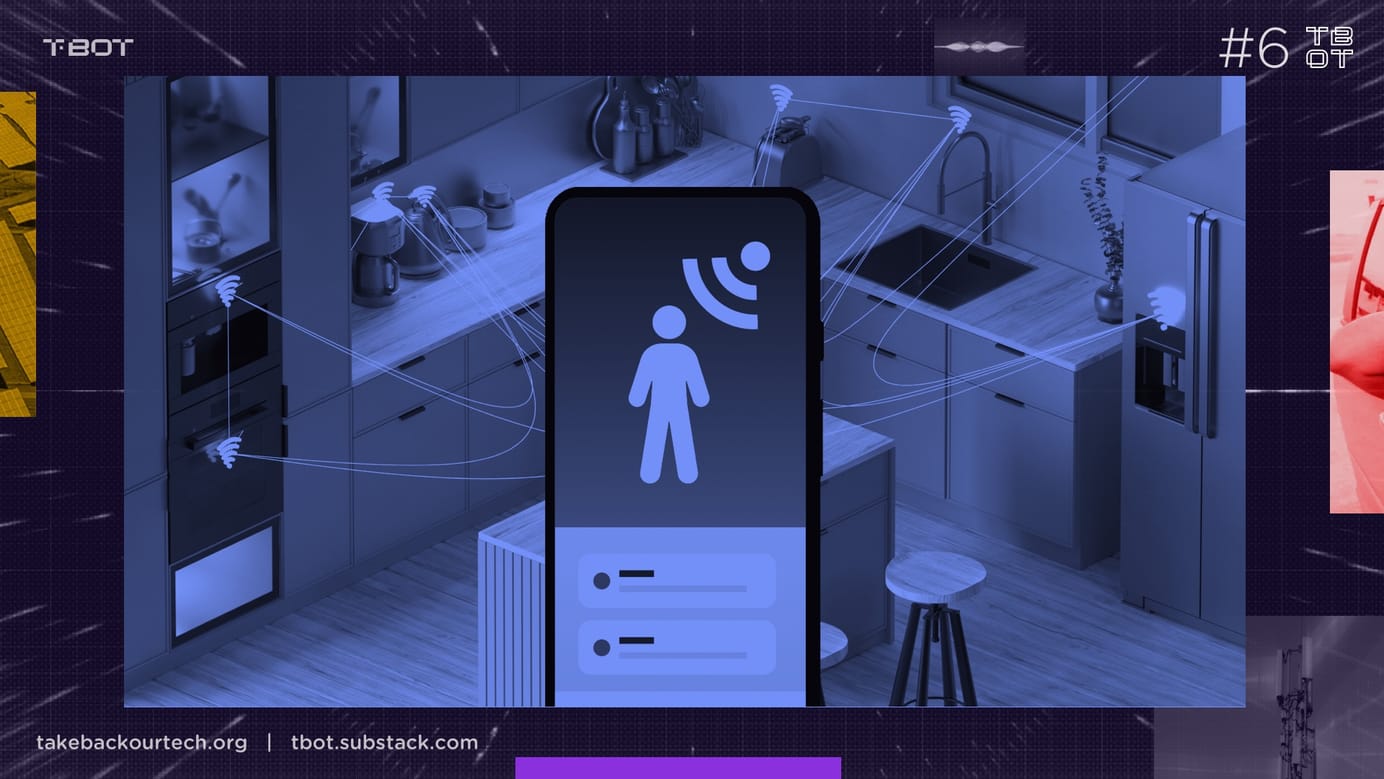
Wifi Sensing Sees Through Walls
Comcast, US internet giant and service provider rolled out a “WiFi motion” feature to millions of customer routers. Once customers enable it, they’ll be able to detect motion in their homes and get notifications.
Comcast, US internet giant and service provider rolled out a “WiFi motion” feature to millions of customer routers. Once customers enable it, they’ll be able to detect motion in their homes and get notifications.
WATCH THIS CLIP ON SUBSTACK
This WiFi motion works by measuring a WiFi signal strength patterns between your router and a stationary device. When something moves between those two points, the pattern shifts and this can be detected as motion.
As explained on their FAQ page, WiFi motion can cover zones in your house, an oval area between the dedicated device and the router.

And yes, reading through Xfinity’s privacy policy indicates they do monitor the WiFi motion data, and will share it with law enforcement or other third parties without notifying you.
This type of technology is referred to as “WiFi sensing” - and is over a decade old. In the beginning, it was attempted to be used to measure breathing patterns. University of Utah professor Neal Patwari concocted a study that put 20 wireless radios around a hospital bed that send and receive to each other, averaging the 380 different signal strength data points to detect the number of breaths per minute.
This was seen as a non-invasive way to measure a breathing rate because it was “wireless”, but completely ignorant of the bio-effects of electromagnetic fields.
The market and industry decided that WiFi was not a good tool to measure fine movements like breathing, and so it found a home in the home monitoring and security domains.
Today WiFi sensing is used to check on the movements of elderly people in the home, or to detect motion in different buildings.
WiFi sensing can be used to detect movements in a building through walls, tracking peoples movements at a distance, detecting the number of moving objects. With a sophisticated enough setup (using a high frequency wave like radar) you can even detect types of activities and gestures.
The US Army and EU are more than aware of the intelligence functions of WiFi sensing, and booked Patwari to now do the opposite - make it difficult for outside attackers to gleam movement patterns inside sensitive buildings.
Although little information is known about the US Army project, the EU advanced networking systems department published a similar research project named ‘CSI-Murder’.
It sounds darker than it is, CSI stands for Channel State Information which is what attackers measure to learn about the wave propagation of EM waves.

This ‘CSI-based localization’ can be extremely accurate at tracking targets within a building as the researchers demonstrated.
CSI-Murder attempted to develop techniques to introduce noise and throw off any potential attackers.
These attacks in two ways: passively, by measuring a WiFi network in the building from outside, and actively: where they actively transmit into the target area.
CSI Murder found that each strategy can be effectively jammed, passive by modifying the information in each WiFi frame, and active by interecept and disturbing an external transmitter.
This is another disturbing unintended effect of having WiFi available virtually everywhere. Although its unclear whether WiFi sensing is used in a mass surveillance capacity - the technology is now making itself visible.
Comcast is not the first to offer WiFi sensing tech to customers, Verizon Fios has offered a similar WiFi motion sensor, and Google Nest offers Sleep Sensing which uses a higher frequency radar to track breathing, snoring, and coughing.
In the worst case scenario, any router equipped with WiFi sensing techology could detect the movements of those in the house. Not only is this a threat to your privacy but can impact your helath, as over-exposure to EMF has been linked to anxiety, fatigue, cancer, and many other bio-markers of poor health.
Check out Bio-Initiative’s 2012 report if you want more information, and if you use an router supplied by your ISP, it may be a good time to switch before WiFi sensing becomes optional no longer.
As WiFi continues to become more pervasive in our homes, its important to know the hidden dangers. Get rid of wireless, and go wired improve your health and privacy.
📱 Get private phones, laptops, and tablets
📅 Use private communications - full privacy tools for $15/month
Take Back Our Tech Newsletter
Join the newsletter to receive the latest updates in your inbox.





